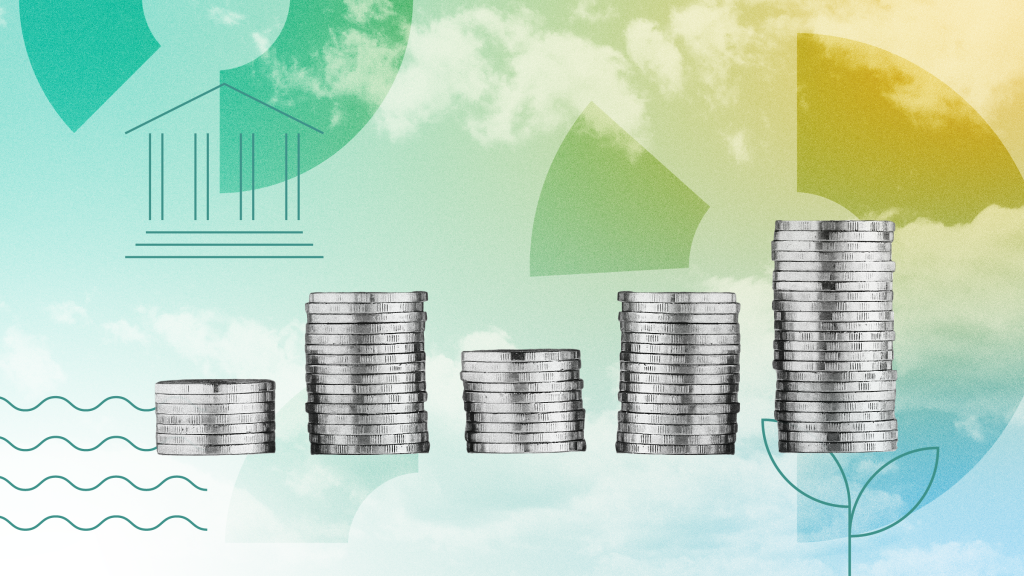In recent years, sustainable investing has gained significant traction as more investors seek to align their financial goals with their values. Environmental, Social, and Governance (ESG) factors are now at the forefront of investment decisions. If you’re looking to build a sustainable investment portfolio in 2024, this guide will walk you through the steps to get started.
What Is Sustainable Investing?
Sustainable investing, also known as socially responsible investing (SRI) or ESG investing, involves selecting investments based on their environmental, social, and governance impact. The goal is to generate financial returns while contributing to positive societal and environmental outcomes.
Why Sustainable Investing Matters in 2024
- Climate Change Concerns
With the increasing effects of climate change, investors are prioritizing companies that are committed to reducing their carbon footprint and promoting renewable energy. - Social Responsibility
Issues like diversity, equity, and inclusion (DEI) are becoming critical factors in investment decisions. Companies that prioritize social responsibility are often viewed as more sustainable in the long term. - Regulatory Support
Governments worldwide are introducing policies that encourage sustainable practices, making ESG-compliant companies more attractive to investors.
Steps to Build a Sustainable Investment Portfolio
- Define Your Financial Goals and Values
Before diving into sustainable investing, it’s essential to identify your financial objectives and the causes you care about. Are you passionate about climate change, social justice, or corporate governance? Aligning your investments with your values will make the process more meaningful. - Understand ESG Metrics
ESG metrics are used to evaluate a company’s performance in three key areas:- Environmental: Energy use, waste management, and carbon emissions.
- Social: Employee treatment, community engagement, and human rights.
- Governance: Board diversity, executive pay, and business ethics.
- Research ESG Funds and ETFs
ESG-focused mutual funds and exchange-traded funds (ETFs) are excellent options for beginners. These funds pool investments from multiple investors and allocate them to companies that meet specific ESG criteria. Examples include the iShares ESG Aware MSCI USA ETF (ESGU) and the Vanguard ESG International Stock ETF (VSGX). - Diversify Your Portfolio
Diversification is key to reducing risk in any investment portfolio. Consider investing in a mix of asset classes, such as stocks, bonds, and real estate, that align with ESG principles. - Evaluate Company Performance
Look beyond ESG ratings and analyze a company’s overall performance. Factors like financial stability, growth potential, and competitive advantage are still crucial. - Monitor and Rebalance Regularly
Sustainable investing is not a one-time activity. Regularly review your portfolio to ensure it aligns with your goals and make adjustments as needed.
Top Sustainable Investment Trends for 2024
- Green Bonds
Green bonds are fixed-income securities designed to fund environmentally friendly projects. They are an excellent option for investors looking to support initiatives like renewable energy and clean transportation. - Impact Investing
Impact investing focuses on generating measurable social and environmental impact alongside financial returns. Examples include investments in affordable housing and clean water projects. - Renewable Energy Stocks
Companies involved in solar, wind, and other renewable energy sources are expected to perform well in 2024 as the world transitions to cleaner energy. - ESG-Focused Real Estate
Real estate investments that prioritize energy efficiency and sustainable building practices are gaining popularity.
Challenges of Sustainable Investing
While sustainable investing offers numerous benefits, it’s not without challenges:
- Lack of Standardization: ESG metrics can vary widely, making it difficult to compare companies.
- Greenwashing: Some companies may exaggerate their ESG efforts to attract investors.
- Lower Short-Term Returns: Sustainable investments may underperform in the short term compared to traditional options.
Conclusion
Building a sustainable investment portfolio in 2024 is not only a smart financial move but also a way to contribute to a better future. By understanding ESG principles, diversifying your investments, and staying informed about trends, you can create a portfolio that aligns with your values and financial goals. Remember, sustainable investing is a journey, and regular monitoring is essential to ensure long-term success.



